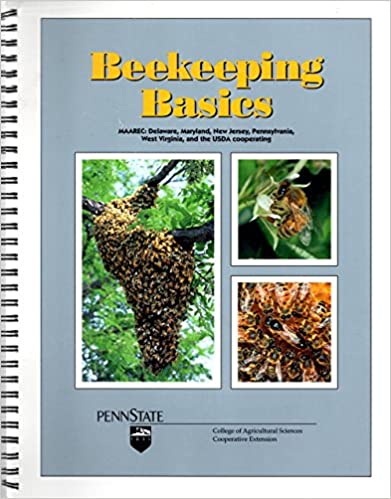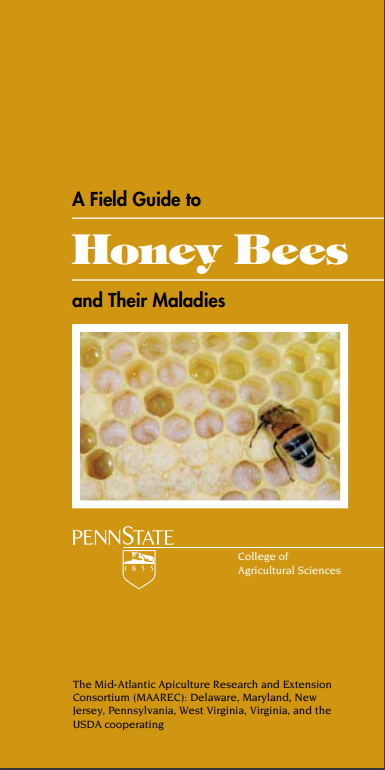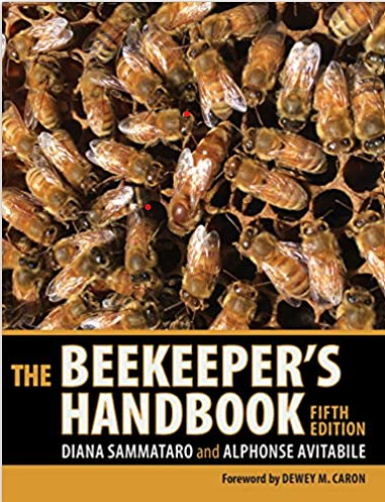The Beekeeper's Handbook, 5th Edition (2021)
by Diana Sammataro and Alphonse Avitabile (Foreword by Dr. Dewey Caron)
Purchase on Amazon: https://www.amazon.com/dp/1501752618/ref=cm_sw_em_r_mt_dp_7SAFXQPCC8C2CMHDYSAJ?_encoding=UTF8&psc=1
Estimated price: $21.51 with Prime membership (includes free shipping)
ISBN-10: 1501752618
Since 1973, tens of thousands of first-time and experienced beekeepers alike have relied on The Beekeeper's Handbook as the best single-volume guide to the hobby and profession of beekeeping.
Diana Sammataro and Alphonse Avitabile have created the best single-volume guide to the hobby and profession of beekeeping. The Beekeeper's Handbook provides step-by-step instructions for setting up an apiary, handling bees, and working throughout the season to maintain a healthy colony and a generous supply of honey. Various colony care options and techniques are explained so that beekeepers can make the best choices for their hives.
The Beekeeper's Handbook is an invaluable resource for both beginner and veteran beekeepers. This fully updated and expanded fifth edition includes:
- Hand-drawn instructional diagrams that provide step-by-step instructions
- Updated research regarding the health and behaviors of bees in different habitats and what operations may best suit individual needs
- Information on how to identify, treat, and prevent the introduction of Varroa destructor mites and other harmful intruders in a colony


